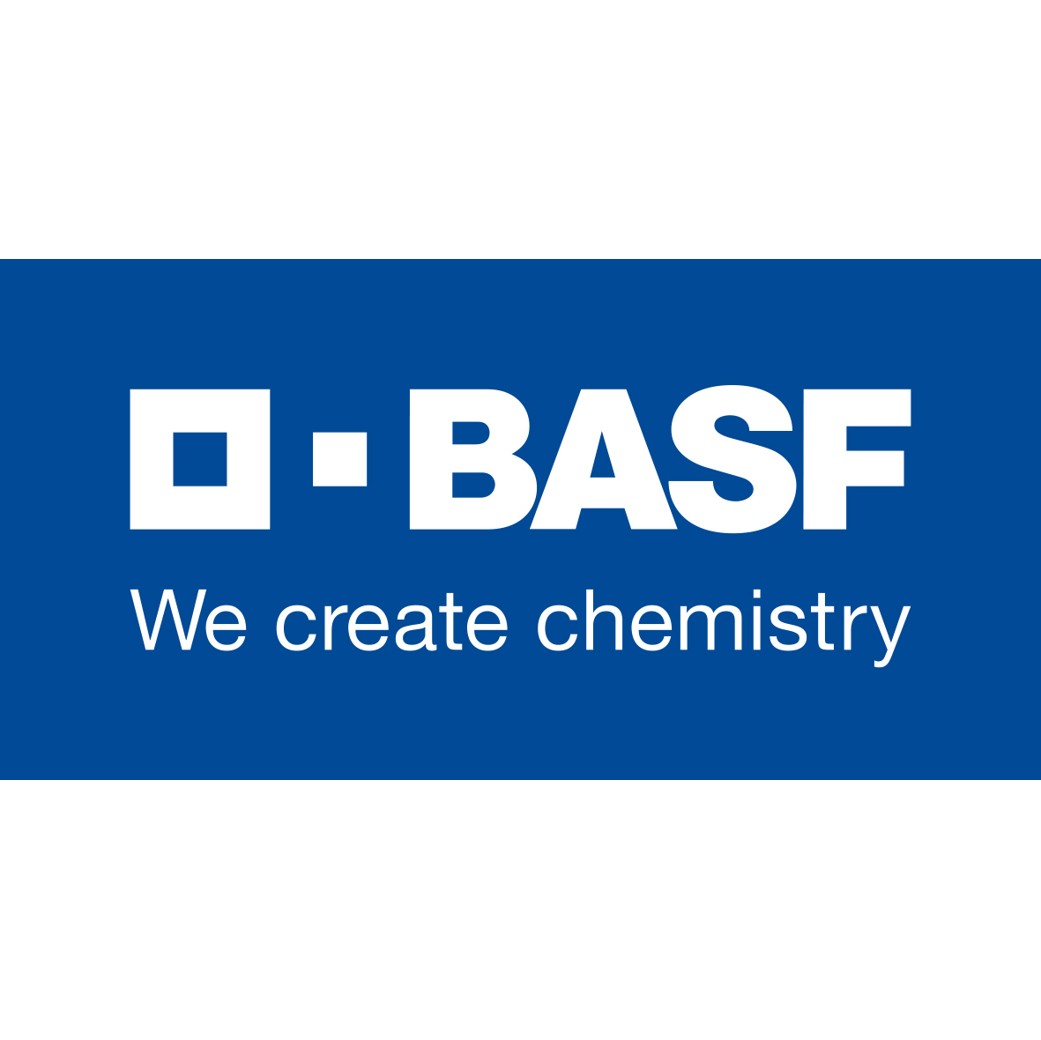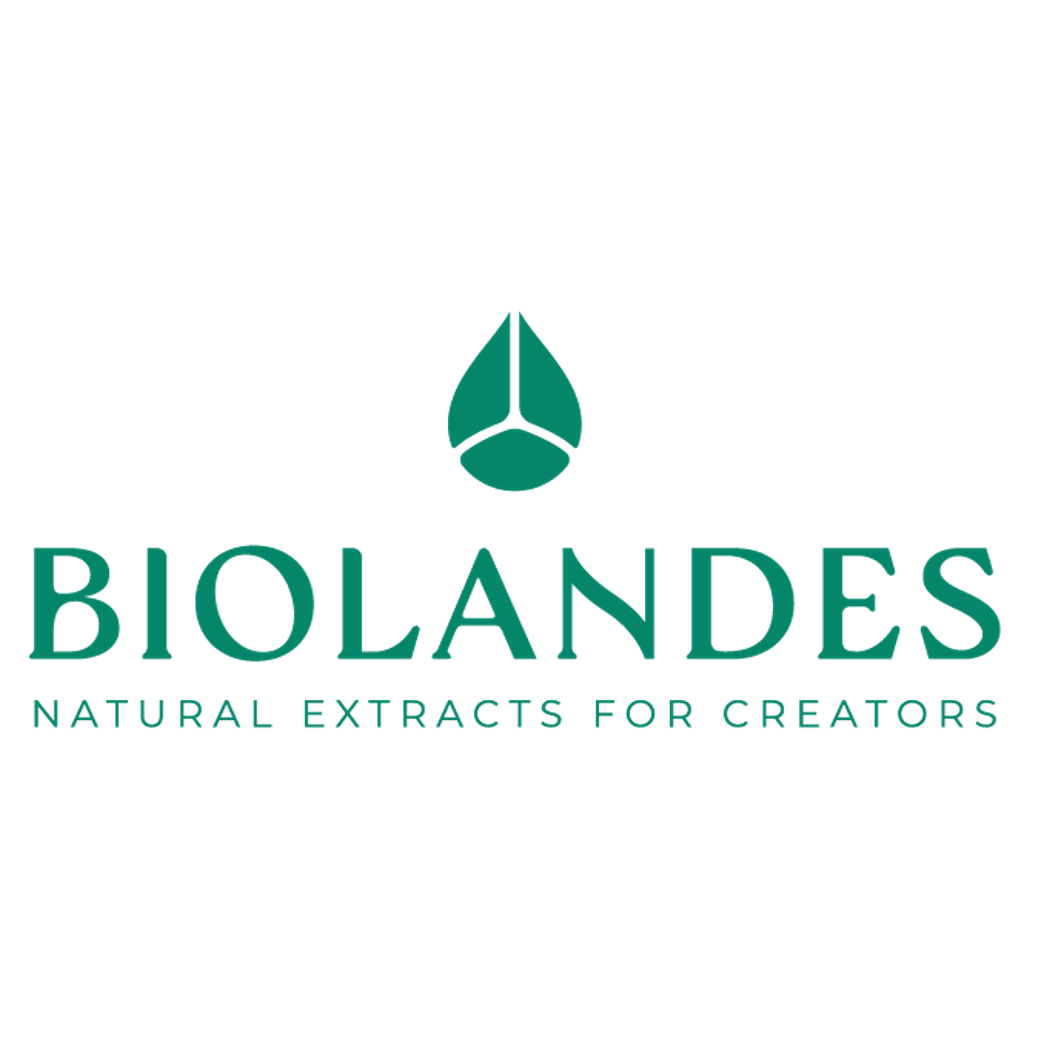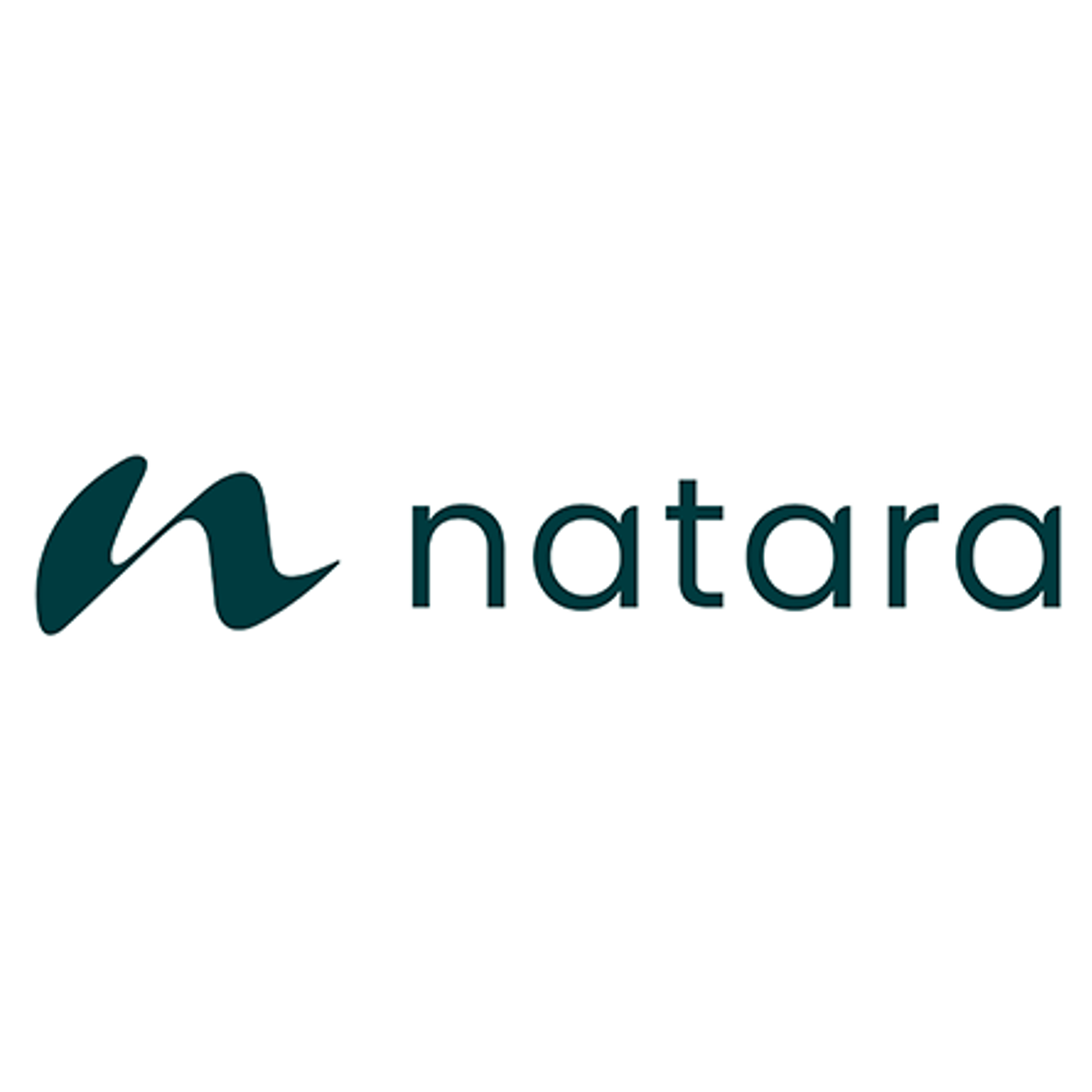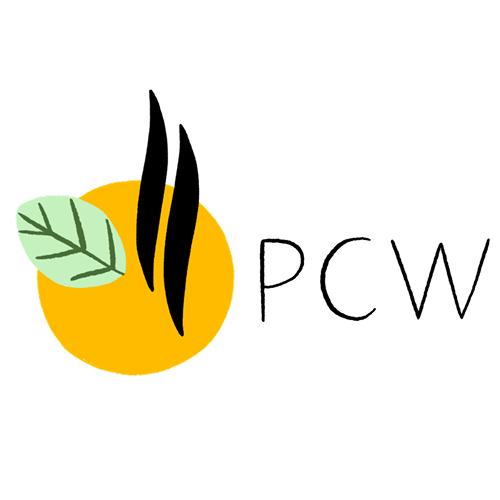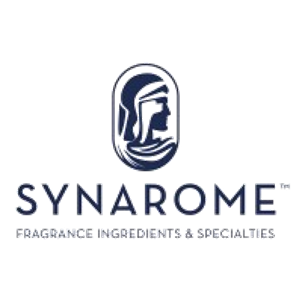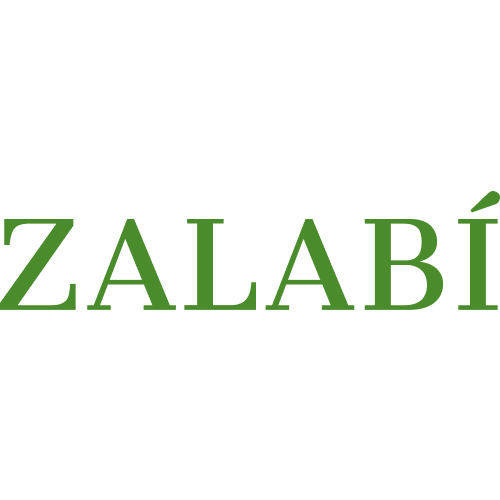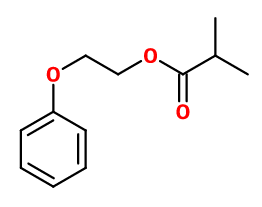
Photo credits: ScenTree SAS
| Company | Ingredient Name | ID | Comments | Naturality | Certifications | MOQ | Purity |
|---|---|---|---|---|---|---|---|
|
|
PHENOXYETHYL ISOBUTYRATE | - |
Visit website
|
- | 10 grs | - |
General Presentation
-
CAS N° :
103-60-6 -
EINECS number :
203-127-1 -
FEMA number :
2873 -
FLAVIS number :
09.487
-
JECFA number :
1028 -
Volatility :
Head/Heart -
Price Range :
€
Physico-chemical properties
-
Appearance :
Colorless liquid -
Density :
1,047 -
Refractive Index @20°C :
1.491 - 1.496 -
Optical rotation :
Data not available. -
Vapor pressure :
0.00397 mmHg @20°C -
Flash Point :
152°C (305,6°F)
-
Molecular formula :
C12H16O3 -
Molecular Weight :
208,26 g/mol -
Log P :
3,2 -
Fusion Point :
-10°C (14°F) -
Boiling Point :
275°C (527°F) -
Detection Threshold :
24,8837 ng/l air
Chemistry & Uses
Uses in perfumery :
Phenoxyethyl IsoButyrate is used to work in particular on fruity notes (red or tropical fruits). It also allows to give facets to floral notes. Interesting for tea or ambery notes.
Year of discovery :
Data not available.
Natural availability :
Phenoxyethyl IsoButyrate is not available in its natural state.
Isomerism :
Amyl Salicylate is a constitutional isomer of Phenoxyethyl Isobutyrate. Its smell is however more jasmine-like and solar.
Synthesis precursor :
PhenoxyEthyl IsoButyrate is not a precursor to the synthesis of another compound of olfactory interest.
Synthesis route :
Phenoxyethyl Isobutyrate is synthesized by an esterification reaction, catalysed by a strong acid, between 2-phenoxyethanol and isobutyric acid.
Stability :
May form isobutyric acid through time, under the effect of heat.
Other comments :
Phenoxyethyl IsoButyrate is olfactively close to Phenyl Ethyl Isobutyrate.
IFRA
IFRA 51th :
This ingredient is not restricted for the 51th amendment





